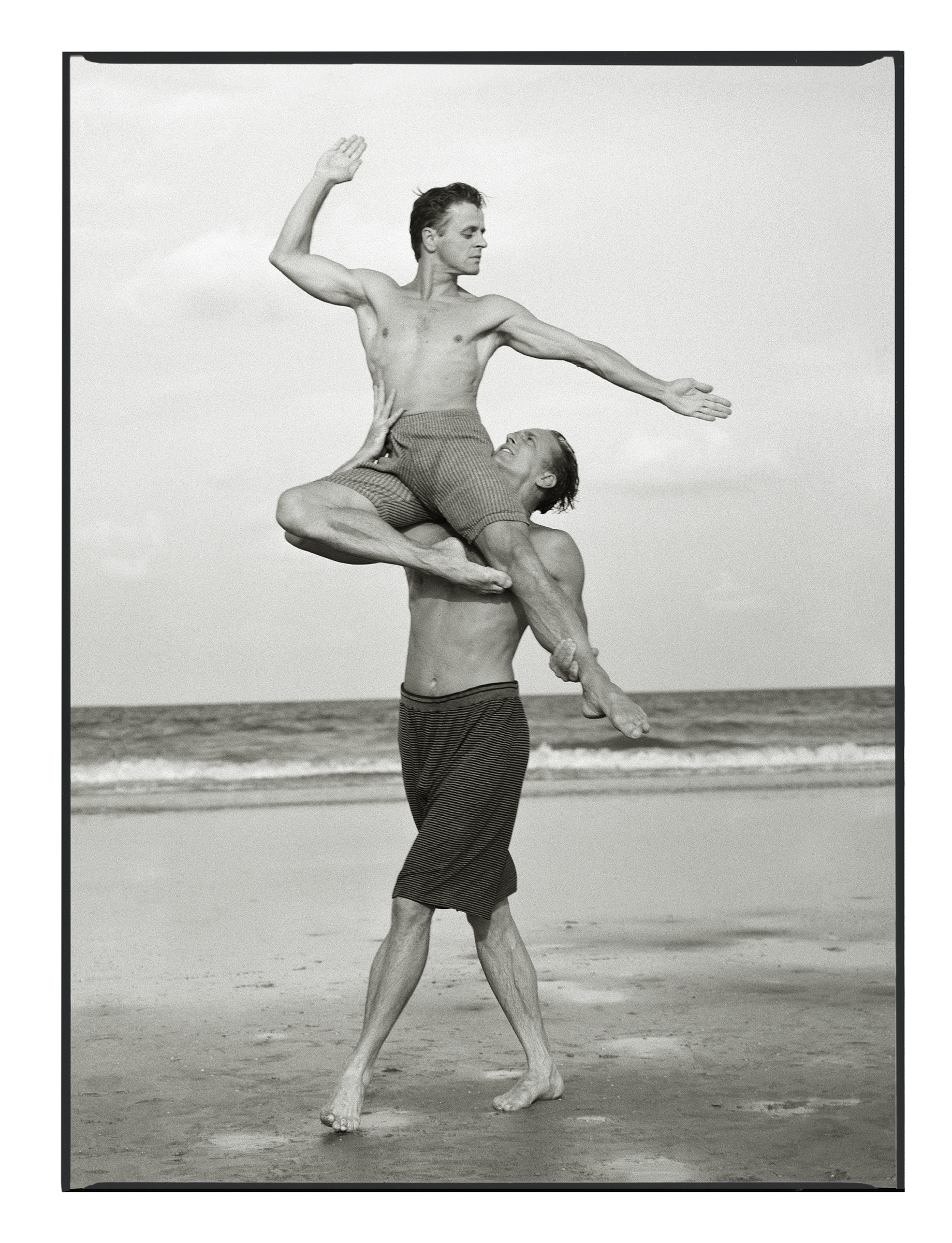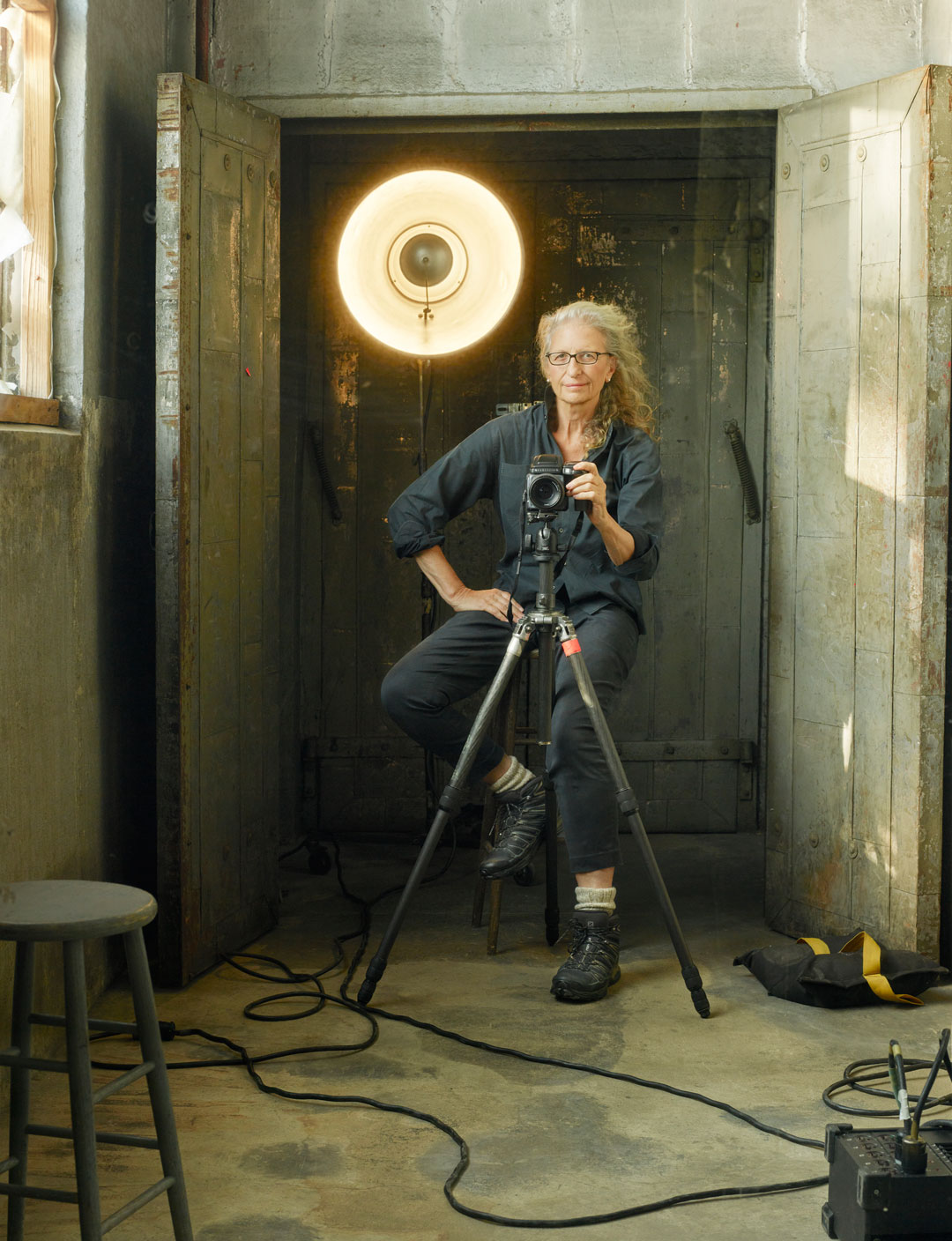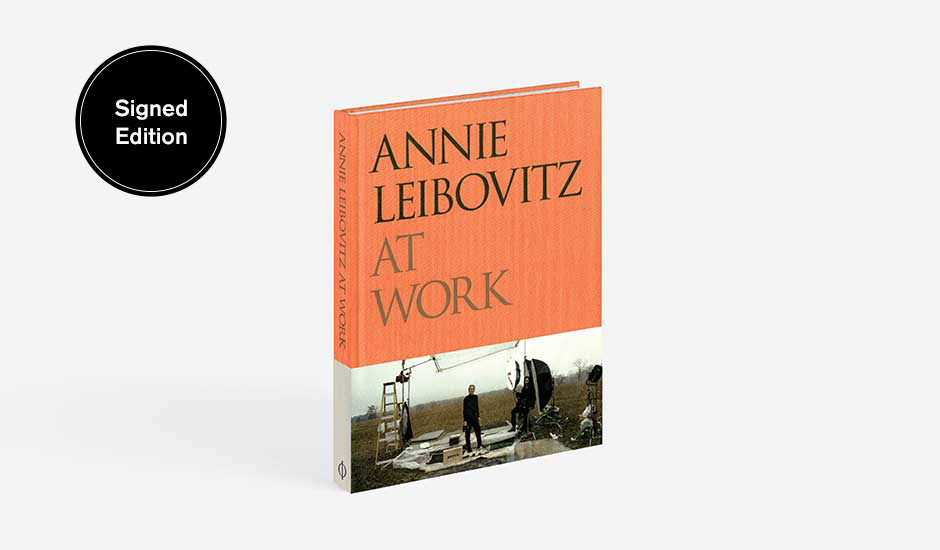
How Annie Leibovitz learned to dance with Mikhail Baryshnikov
Her photos of Baryshnikov’s company are a lesson in the beauty, and difficulty, in photographing dance
You might think photography was Annie Leibovitz’s first artistic passion, but you’d be wrong. “My mother was a dancer,” Leibovitz writes in her new book, Annie Leibovitz At Work. “Some of my most vivid memories are of her dancing on the beach, striking poses.”
Indeed, some of the earliest photographs Leibovitz can recall taking an interest in were Barbara Morgan’s shots of Martha Graham, “especially the famous ones of Graham kicking her leg out under that long, full skirt she wore in Letter to the World.”
So, when in 1990 the Latvian-born dancer Mikhail, or Misha Baryshnikov asked Leibovitz to spend a few days photographing his new company, which Baryshnikov was showcasing with the acclaimed American choreographer Mark Morris down in northern Florida, Annie not only agreed, but asked if she could embed herself with the troupe.
“Can I come for three or four weeks? Can I come for longer?” she can remember asking. “I wanted to get involved with the making of a dance.”

The company was working in studios within the White Oak Plantation, a 7,500-acre wildlife reserve owned by the Gilman Paper Company. Annie arrived with a stack of books filled with dance photographs, including Morgan’s shots of Graham, and initially tried to shoot reportage-style pictures of the rehearsals, but subsequently switched to portraiture, since “I began to understand that dance can’t be photographed,” she says. “Or even filmed, for that matter. It is an art that lives in the air.”
Annie was learning what her forebear had also discovered. Morgan hadn’t tried to record the dance in her pictures, but simply capture, “the most profound and crucial moment.”
And, by focussing on this, Leibovitz began to dance along with the dancers. “All dancers are, by and large, a photographer’s dream,” she writes. “they communicate with their bodies and they are trained to be completely responsive to a collaborative situation. Sometimes at White Oak, Misha would come dancing across the floor and I would be filled with wonder. I’d been taking him for granted.”
Leibovitz did, however, find her moment with Baryshnikov, one morning on a barrier island just off the coast of southern Georgia, not far from White Oak. Annie had taken the dancers there to shoot portraits, but instead Misha and his fellow dancer Rob Besserer ran through a movement from their new work, Motorcade, in which Rob picks Misha up in the wings and runs across the stage with him.

After weeks dancing around them, Annie got her shot. “It wouldn’t have happened if I’d gone to Florida for a day or so and left,” she says. “At White Oak, I had the luxury of letting things develop in a slow way rather than spending ten minutes, or, if I’m lucky, two days, on a normal magazine assignment.”
To see other shots from White Oak, alongside much, much more, order a copy of Annie Leibovitz at work here.